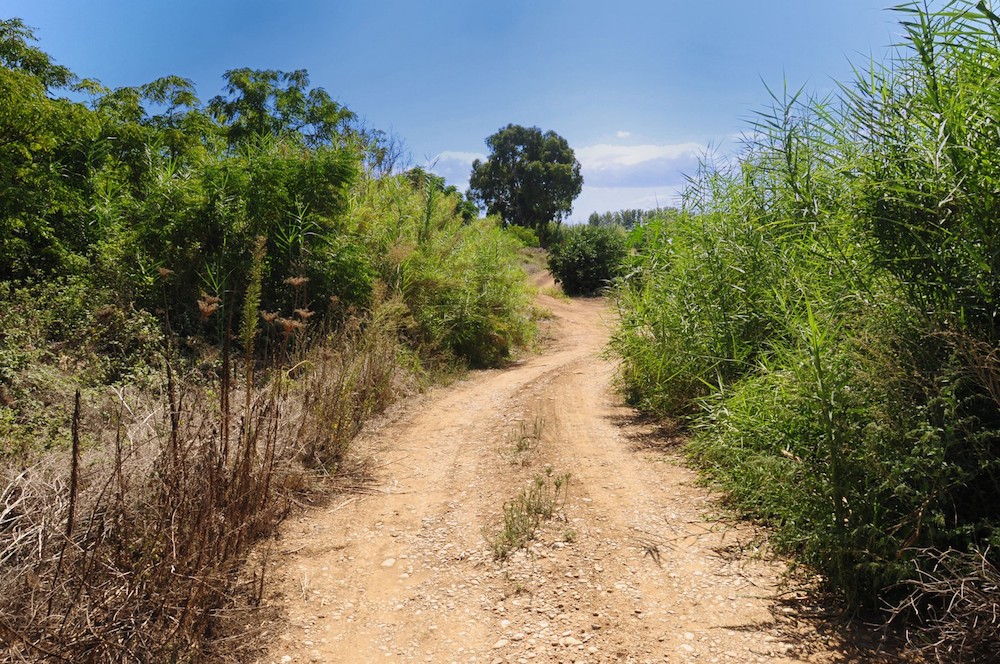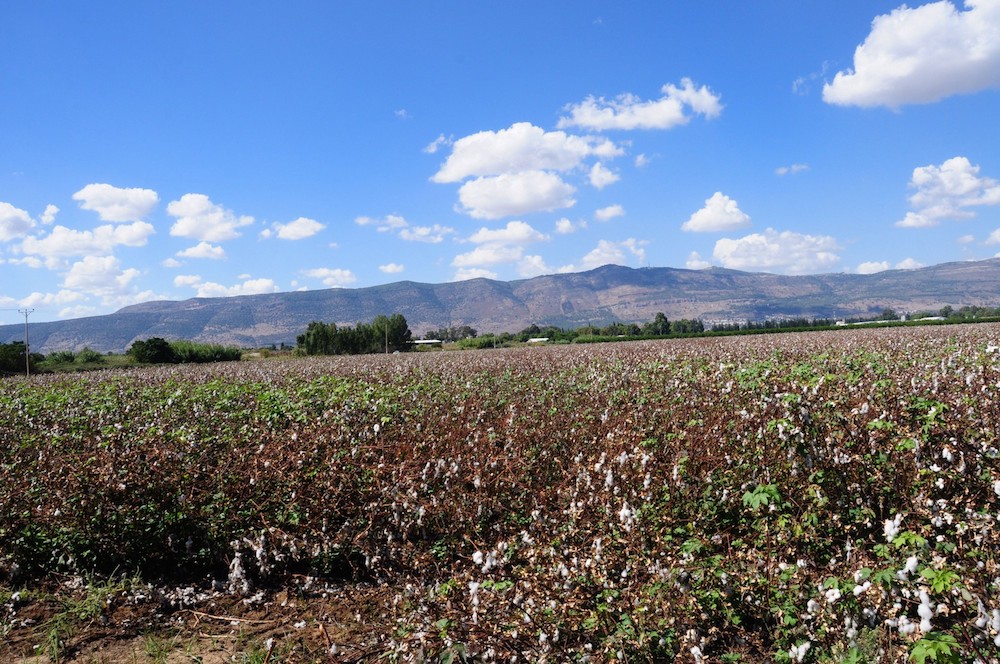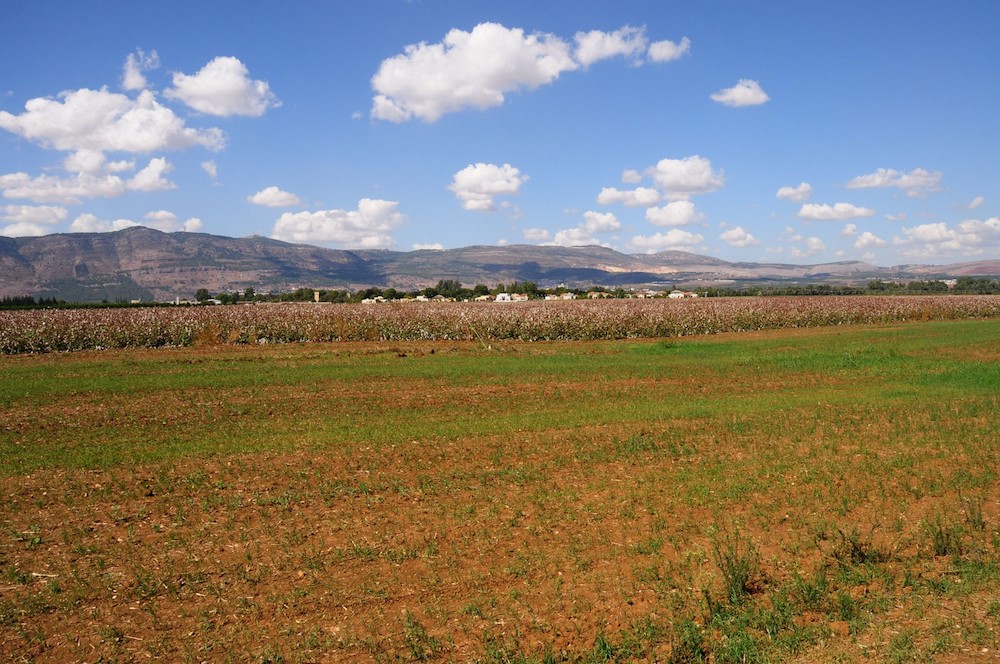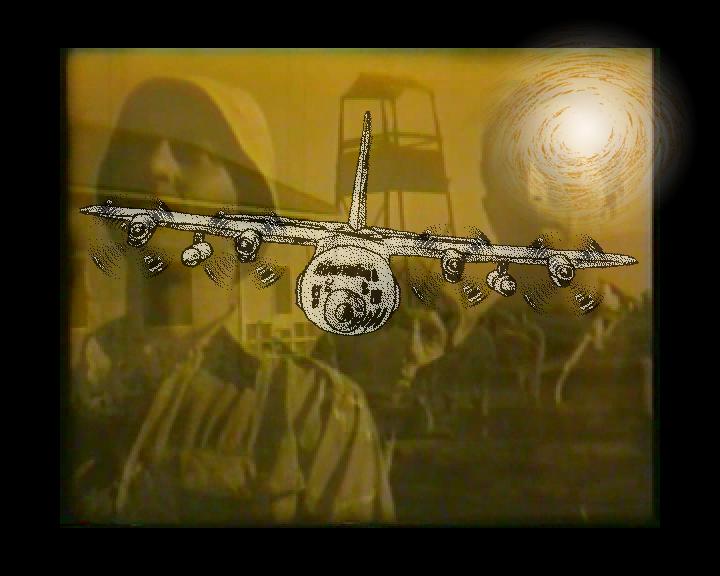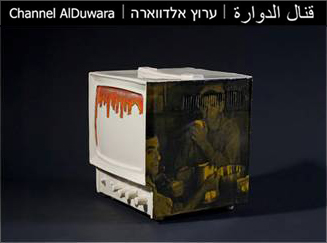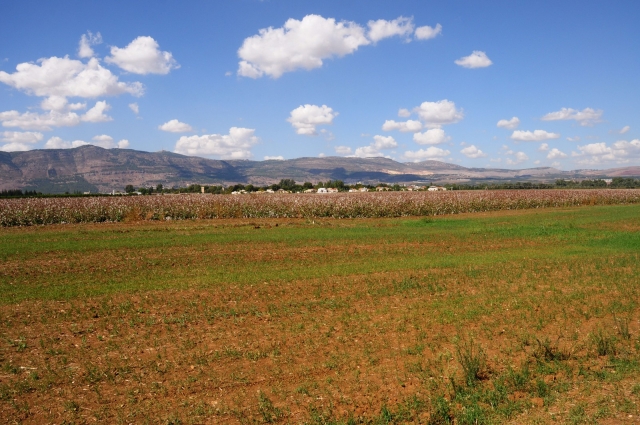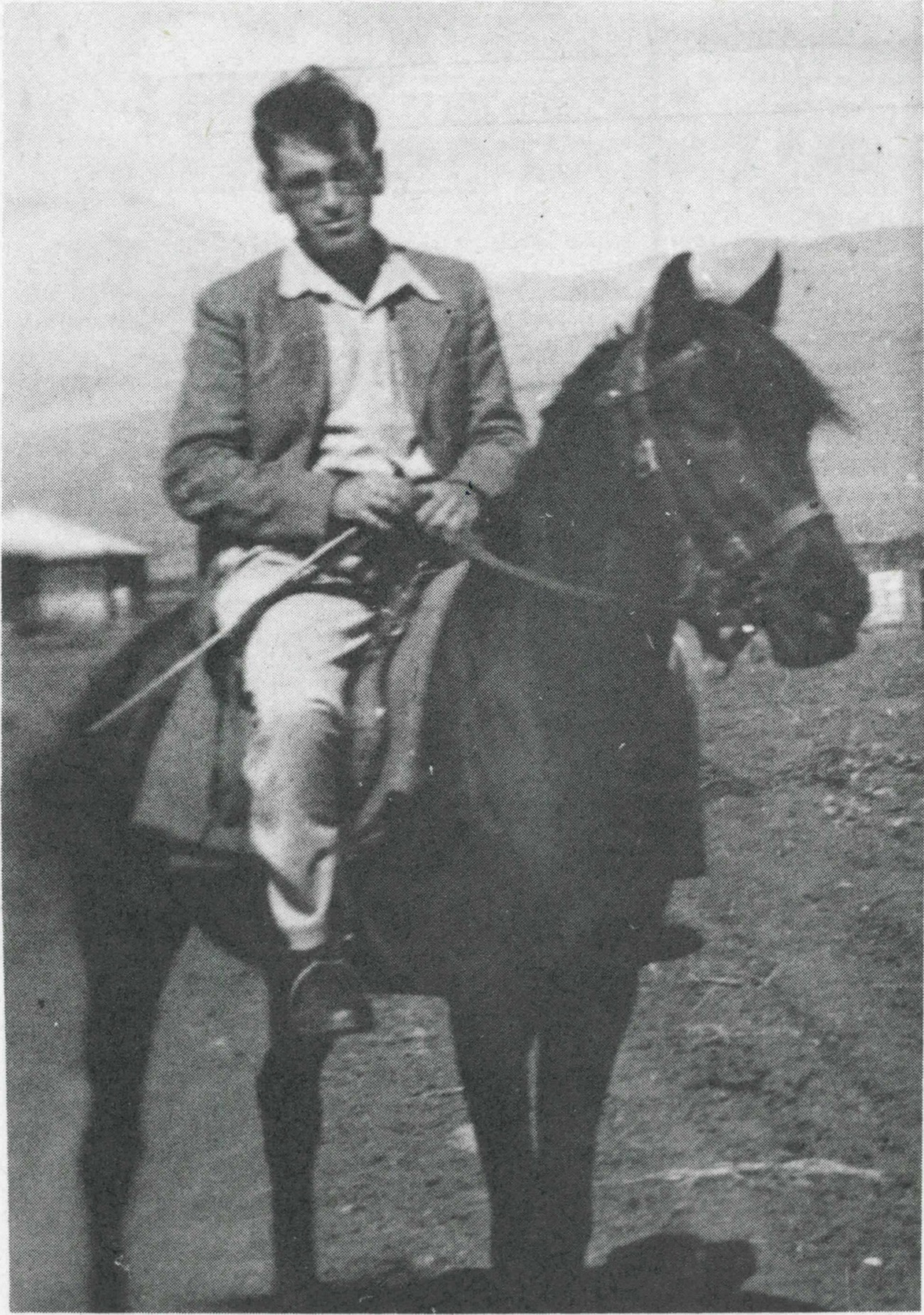Info
District: Safed
Population 1948: 810
Occupation date: 10/05/1948
Occupying unit: Palmah 1st battalion
Jewish settlements on village/town land before 1948: Amir
Jewish settlements on village/town land after 1948: None
Background:
Al-Dawwara Before 1948
The village stood on flat terrain, overlooking a broad expanse to the north, and faced Mount Herrmon (Jabal al-Shaykh) to the northeast. It was near the confluence of three rivers that flowed into Lake al-Hula: the al-Hasbani, Banyas, and Dan rivers. A secondary road linked it to a highway that led to Safad. In 1931, the entire population was Muslim except for one Christian, no exact breakdown is available for 1945, but the population was predommantly Muslim. Al-Dawwara’s older houses were clustered together, separated by narrow alleys; toward the end of the Mandate, the village expanded and newer houses were built further apart Although most of the houses were made of mud, some were built of basalt stones The residents worked chiefly in agriculture, growing gram, vegetables, and citrus, their crops were either watered by rainfall or irrigated from springs and rivers. In 1944/45 a total of 68 dunums was devoted to citrus and bananas and 281 dunums were allocated to cereals; 2,135 dunums were irrigated or used for orchards.
Occupation and Depopulation
Al-Dawwara is listed in an Israeli military intelligence report as one of the villages whose inhabitants fled on 25 May 1948, as a result of a “whispermg campaign” conceived by Palmach commander Yigal Allon and implemented during Operation Yiftach (see Abil al-Qamh, Safad District). However, the discrepancy between the date of flight cited by Morris (25 May) and the date that the whispering campaign was launched (10 May) indicates that a military attack on the village may have played a role in the evacuation.
Israeli Settlements on Village Lands
The settlement of Kibbutz ‘Amir was established in 1939, 0.5 km west of the site, and that of Sde Nechemya in 1940, northwest of the site Both are on village land.
The Village Today
There are hardly any traces of the village left, only a few building stones at the edge of a fish pond remain on the site. The entire area has been converted into a fish hatchery.
---------------------------
Source: al-Khalidi, Walid (ed.). All that remains: the Palestinian villages occupied and depopulated by Israel in 1948. Washington DC: 1992.


